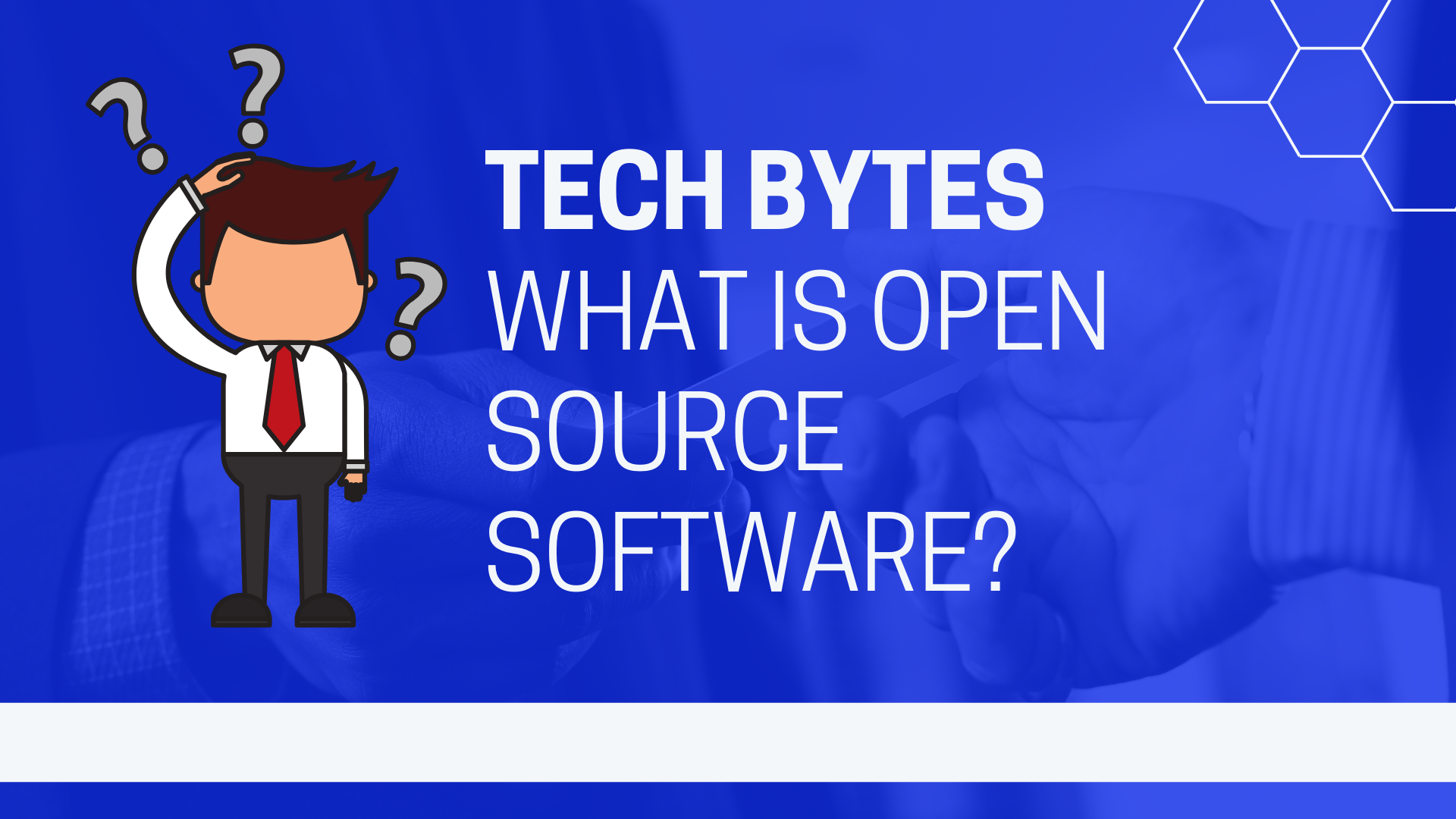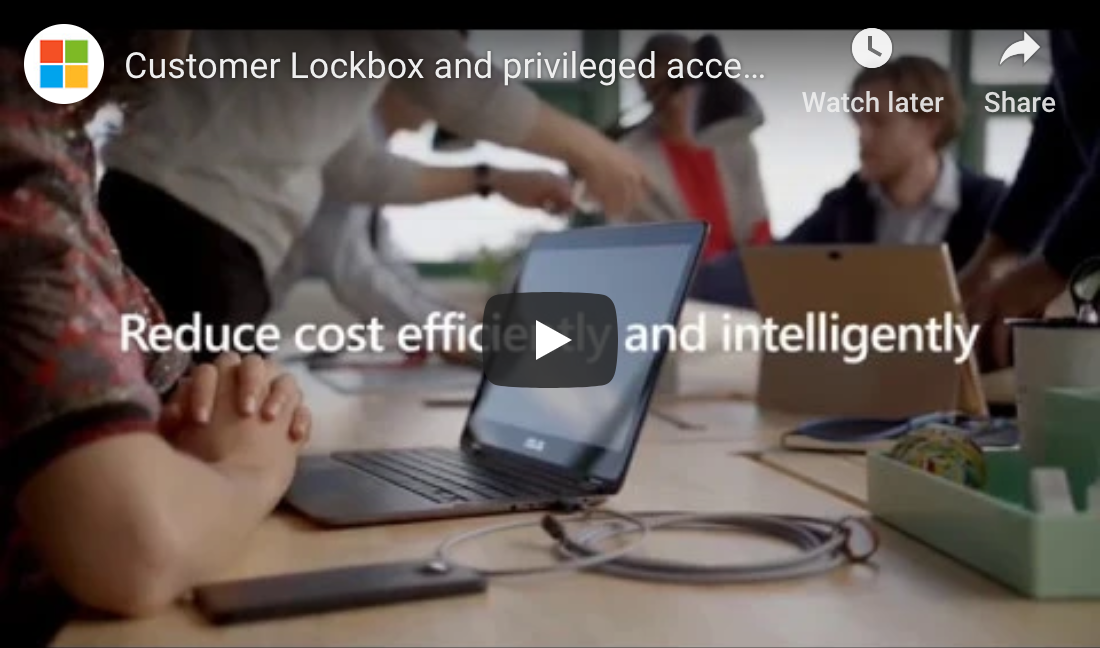
For today’s tech blog we’re going to discuss open source software. What is it, and how is it different from other types of software? In simple terms, open source software is a term for any program whose source code has been publicly released, allowing for others to modify it however they like.
Software Types
It’s easiest to understand open source software in the context of other types of software, so here’s a refresher in the other major types.
Licensed Software
Licensed software is any computer application that requires licensing to be used. This licensing can be as simple as purchasing a digital download code for a single computer, or it can be a complex, enterprise-wide licensing agreement. Nearly all licensed software must be purchased to be used legally. Microsoft Office has long been an example of licensed software.
Cloud or Subscription-Based Software
Technically a subset of licensed software, cloud or subscription-based software requires a recurring subscription-style payment. If your payment lapses, the software may become inoperable. Examples here include Adobe Creative Cloud and Microsoft’s newer offering, Office 365.
Freeware
Freeware is a broad term for software that’s distributed freely, with no expectation of payment for personal use. Install these at home as much as you like. Beware that some freeware is only free for personal use, though. If you want to use it in a corporate setting, you may need a license.
Open Source Software
Open source software takes the concept of freeware to the next level. To be considered open source, both the software and its source code must be freely available. Users are permitted (and even encouraged) to modify the source code to improve the software or to customize it for their own needs.
Open Source Certification
Open source as discussed above is a concept or philosophy. Developers who wish to release open source software with a sort of seal of approval can do so through the Open Source Initiative. This group offers a certification mark, Open Source (yes, it’s just the term we’ve been discussing, but with capital letters), which verifies that a piece of software meets certain qualifications.
To receive the Open Source designation, a piece of software must meet these two criteria.
- The software is available to anyone else, restriction free.
- The software’s source code is available for others to change and customize.
Additionally, provision is made so that the original creators can demand that future, customized versions of the software are clearly distinguished from the original, through naming or versioning.
Conclusion
By reading this tech blog post, you now understand what open source software is. If you’re wondering what it can do for your or your business, contact us today. We’re glad to help!










